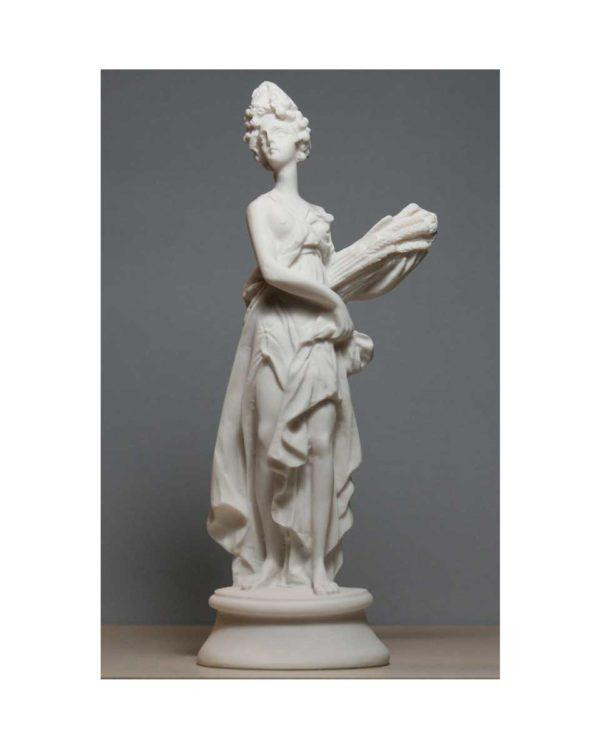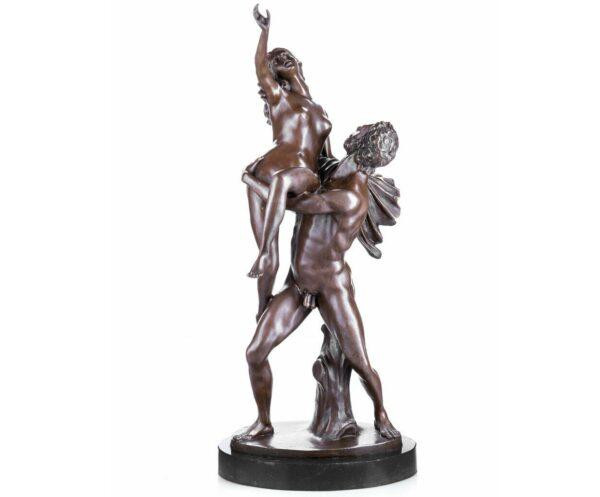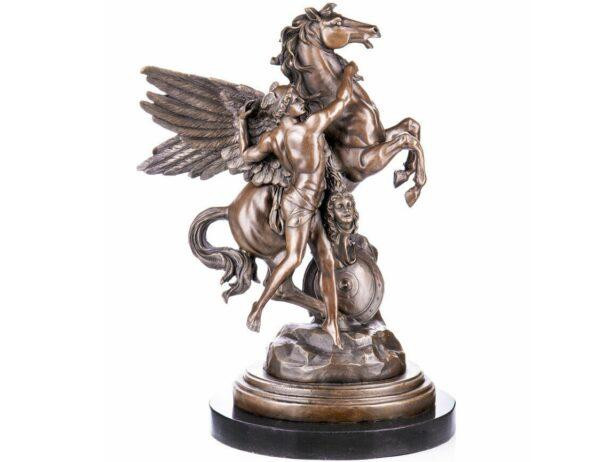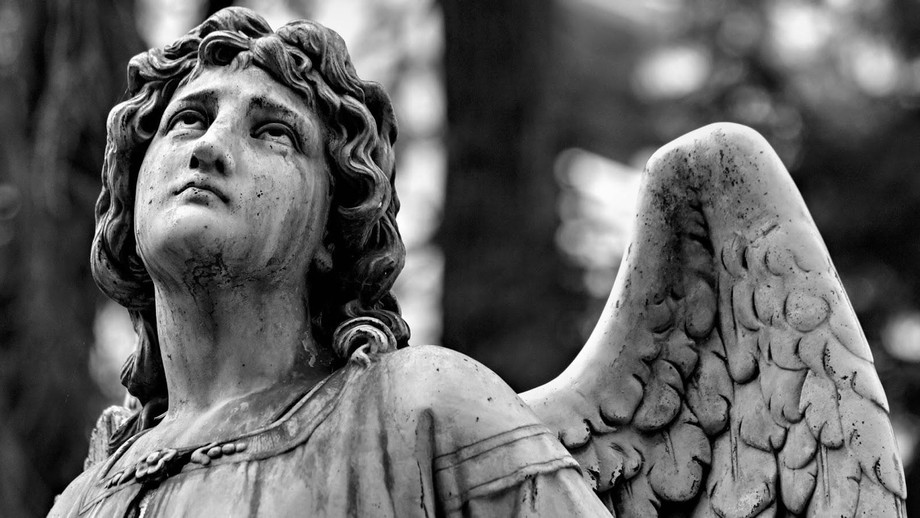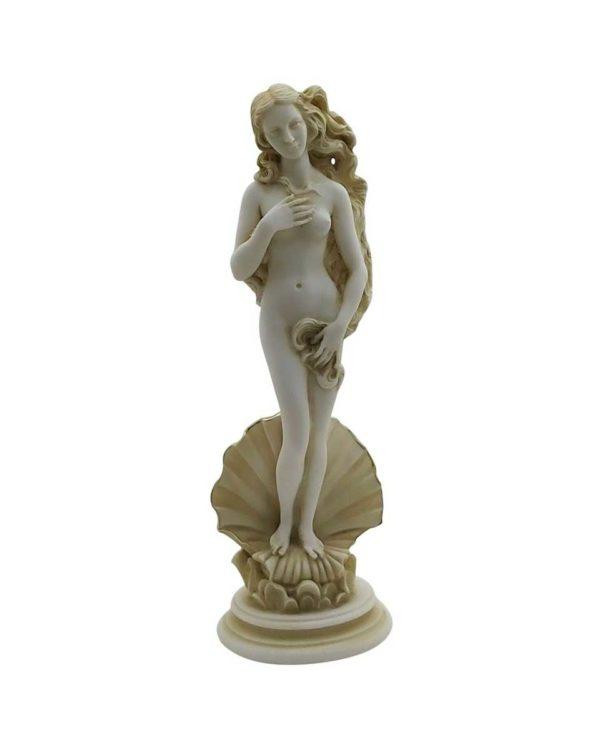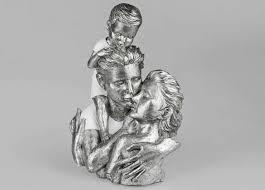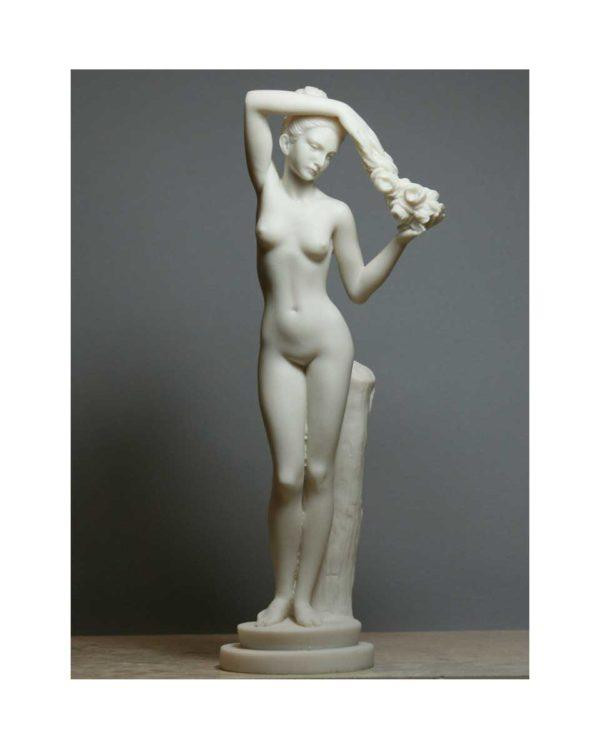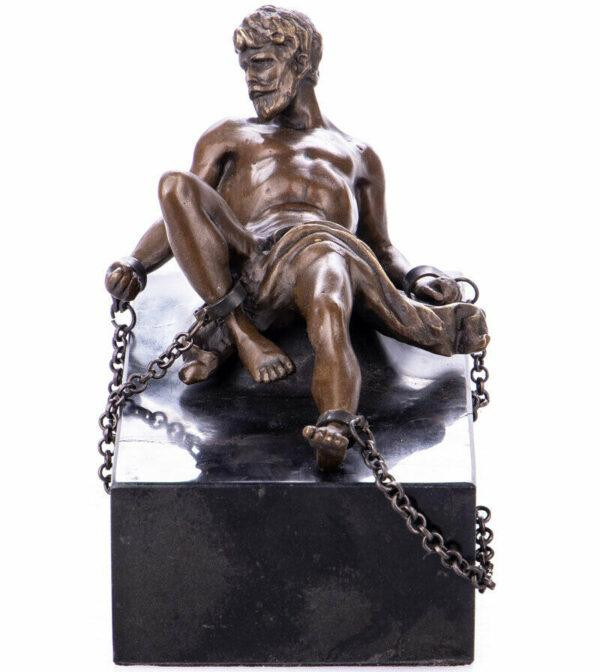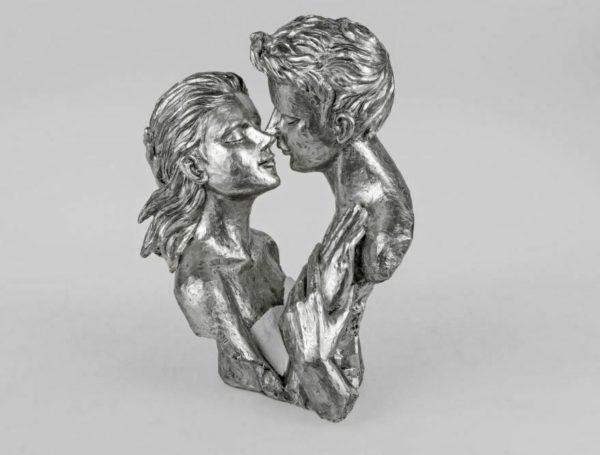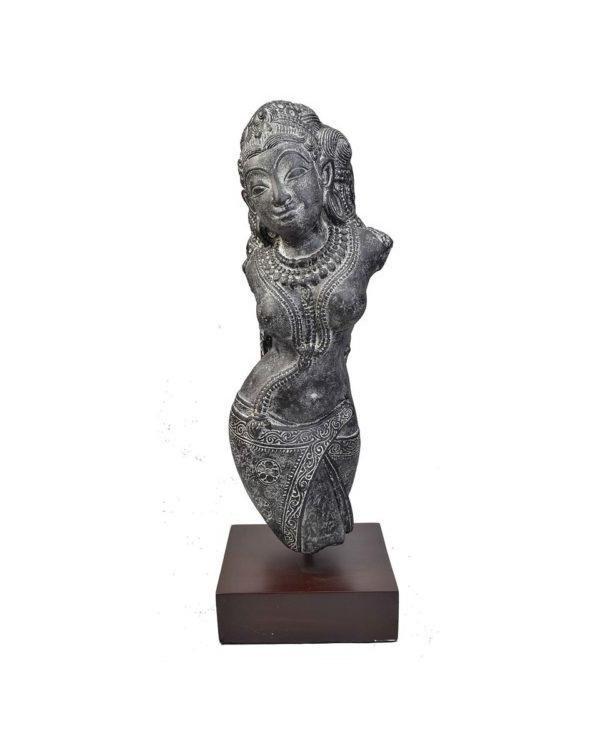Some time ago I wrote a post about public statues in Sweden (statyer i Sverige) and especially their long absence in the country. I have also mentioned that although there were literally no public statues in Sweden (statyer i Sverige) before the end of the 18th century, the following two centuries were times when Swedish artists (Svenska artister) created a rich collection of creative sculptures in large, as well as smaller cities around the Nordic country.
In this post I show some of the most interesting statues in central Stockholm (statyer i centrala Stockholm). Most of them celebrate former reigning monarchs, but you will also find a researcher and one of the most influential people in Sweden's history who was not a member of a royal family included in the sample.
Queen Christina's statue at Stockholm City Hall
First on my list is the statue of Queen Christina (Drottning Christina), which is part of Stockholm's city hall facade. Although it is true that none of the two reigning Swedish queens got a free standing monument, at least thanks to this little bust in the northwest corner of the town hall, Queen Christina recalls. Queen Christina (Drottning Christina), who reigned from the end of 1632 until her abdication in 1654, was the first of the two female monarchs to have occupied the Swedish throne (Svensk tron) before.
Gustav Vasa's Statue at the House of Nobles
The House of Aristocracy (Riddarhuset) is flanked by statues (statyer) of two of Sweden's most important characters in history. On the south side, in front of the main entrance, you can see the large Gustav Vasa (stor Gustav Vasa). The statue of the so-called founding king for he liberated Sweden from supremacy to king of Denmark Christian II. The work with the Frenchman Pierre Hubert L'Archevêque was inaugurated in 1773, making it the first public statue in Sweden (staty i Sverige).
Axel Oxenstierna Statue at the House of Aristocracy
On the other side of the Nobility House, in the middle of the park bordering the two wings, you will find the statue of Lord High Chancellor Count Axel Oxenstierna (staty av Lord High Chancellor Count Axel Oxenstierna). I have mentioned Oxenstierna in many previous posts and with good reason. He was one of the most influential people in Sweden (människor i Sverige) during the so-called period of freedom during which he acted as Lord High Chancellor of Sweden (in a way, equivalent to today's modern PM) for over forty years.
Morning at Branting’s Square
A significant statue from 1962 named Morning (Morning) is concealed between the parliament buildings at Branting Square (Brantingtorget). In addition to the statue (staty), the square itself is an interesting place in the Old Town (Gamla Stan) which is not discovered by most visitors and is therefore a unique quiet place in the otherwise busy area.
Statue of Gustav II Adolf in the Square of Gustav Adolf
Gustav II Adolf, father of Queen Christina, received not only a statue but an entire square surrounding it. As you may have guessed, you will find the statue of the king (staty av kungen), who transformed Sweden into a superpower in the early 17th century, at Gustav Adolf's square across the bridge from the Royal Palace. The statue was completed in 1791 by the same artist who created the previously mentioned statue by Gustav Vasa (staty av Gustav Vasa). He is also part of this sculpture, which stands on its southern side along with Clio, a character from Greek mythology, to demonstrate the importance of Axel Oxenstierna. A Roman armor is depicted on the opposite side of the sculpture.
Statue of Karl XII at Kungsträdgården
There are various interesting sculptures at Kungsträdgården. At the southern end of the garden is a statue of Charles XII (staty av Karl XII). The sudden death of this king, whose reign took place during the tough times during the Great Northern War, started the era of freedom in Sweden because he had no successors but his sister Ulrika Eleonora - the other of the two Swedish queens - who needed support from the Riksdag for the four cities to retain the throne.
Visit us for buy the best statues (köp de bästa statyerna) list below:
- Noble King Arthur
- Sumerian King Gilgamesh
- King Leonidas
- Halvor on Longship
- Mighty Odin
- Odin God of War
- Magical Odin
- Norse God Loki
Statue of Karl XIII at Kungsträdgården
Another Charles, Charles XIII, appears only a few dozen meters further. During the winter months, his statue creates an elegant artistic attraction in the middle of the popular skating rink. Charles XIII reigned from 1809 to 1818 but was only the formal head of state (statschef) for most of this time due to his poor health. It is said that he had lost his memory and could not communicate during the last years of his reign.
Jöns Jacob Berzelius statue at Berzelii Park
Another person who received more than a single statue was Jöns Jacob Berzelius, a Swedish chemist, professor at Karolinska Institutet and secretary at the Royal Swedish Academy of Sciences. Berzelius was also the first Swedish researcher to be celebrated by a public statue (offentlig staty). In addition, the statue sits in the middle of Berzelii Park, which is named after itself. The creation of the park and the statue symbolized an important change in society from the 19th century. As the Swedish press described it, it was the beginning of an era where a country's power was not represented by its monarchs but by free people.
Statue of Karl X Gustav on Djurgården
A little further away from the heart of the city, on Djurgården, just in front of the entrance to the breathtaking building with the Nordic Museum (Nordic Museum), stands the monumental statue of Karl X Gustav (staty av Karl X Gustav). When you stand near this monument of the king from the middle of the 17th century sitting on his horse, it is difficult to think of anything other than how big the statue really is. Perhaps the feeling is emphasized by the grandeur of the building that you see right behind it.
These were some of my favorite public statues (favorit offentliga statyer) that were shown in central Stockholm. Of course, there are many more to find and admire, but these should serve as a good starting point or a recommendation for a quick tour when you do not have too much time.
Feel free to share your thoughts about statues in Stockholm (statyer i Stockholm) or the post in the comments below. Also, be sure to take our fun quiz to find out how much you already know about the wonderful Swedish capital. If you still want to learn more, Lexan Decor have also covered you.

